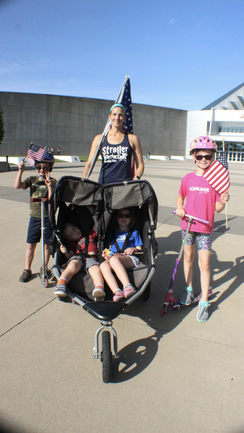 Me and my kids, in the thick of our stroller running days.
Me and my kids, in the thick of our stroller running days. Well, I’ve been a Stroller Warrior for 12 years now. My children are getting older and while they’re not out of the stroller entirely yet, I’ve had a lot more stroller free runs while they’re in school. I’ve begun to feel the need to learn to protect myself. What if I was attacked on a run? Would I know what to do? Would I be able to get away? I’m the kind of person who thinks of a “plan” in the event of x,y,z and if I ever was rushed and someone tried to attack me, my plan was to step wide to make a wide, firm base, and hope that they got thrown off track and I stayed stable so I could run away. That was the entirety of my plan. I had no idea what to do when/if we actually hit the ground together. Or even if we were face to face, with an attack imminent.
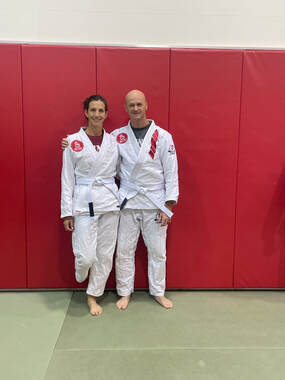 My husband and I signed up together, and had our first day together!
My husband and I signed up together, and had our first day together! 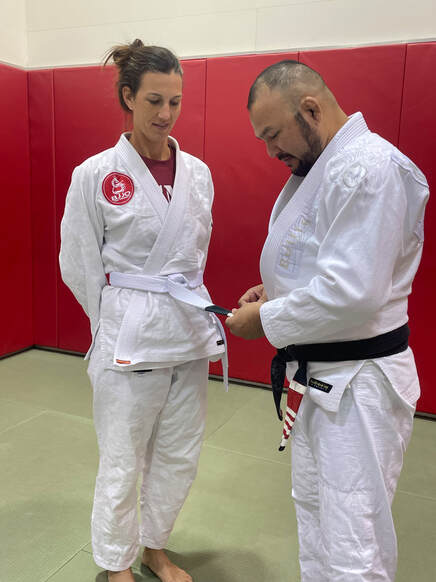
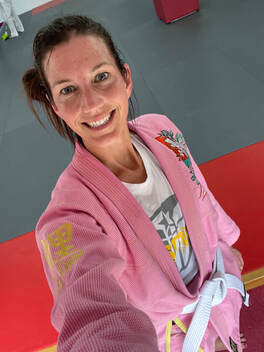
I’ve grown in confidence and am learning not only how to choke but how to protect from a choke. Sparing/defending yourself ignites something primal and I am learning how to breathe through that and regain my mental focus in a fight. My friend Anne and fellow runner who is blue belt in BJJ said, “my goal if attacked is always to be a big enough pain that they’ll decide I’m not worth it and go away.”
Before BJJ, had I been attacked, I think once we hit the ground I probably would have tried to talk to them, to play nice and get them to realize I’m a human, a mom. Now, I know when we hit the ground that’s when the fun really begins and I’m not stopping until you run away, I can run away or you passed out from me choking you.
If you’ve ever felt scared for your safety on a run. Consider taking some martial arts or self dense classes. There are a variety of options to choose from and all of them will help your knowledge and confidence grow.
Happy Running!
Kelly



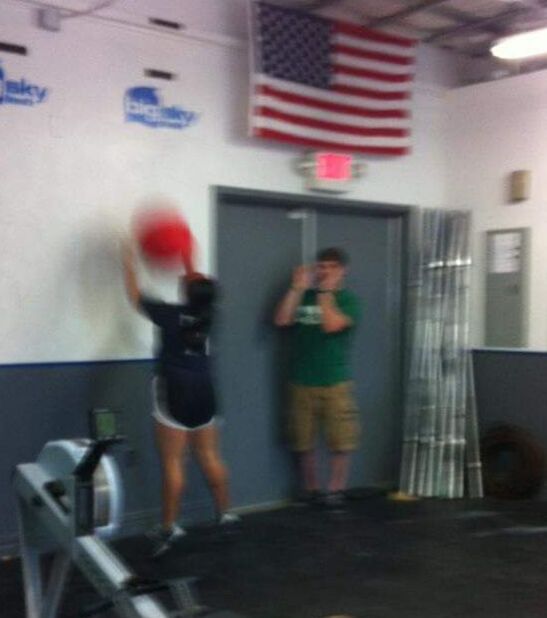

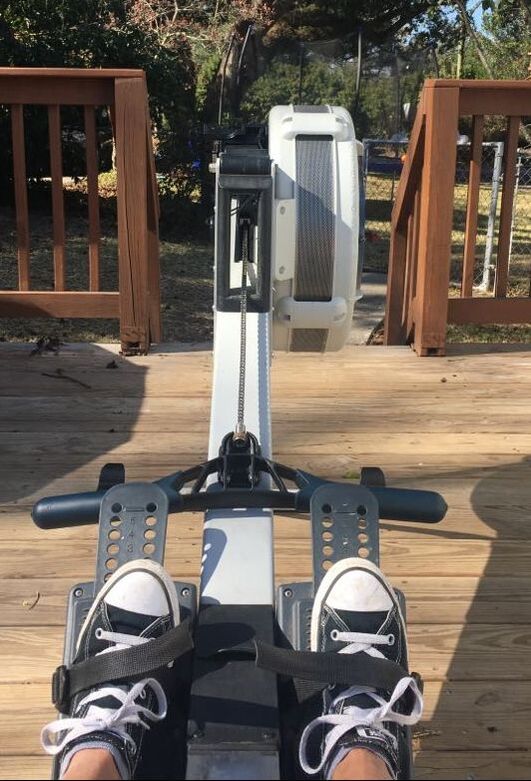

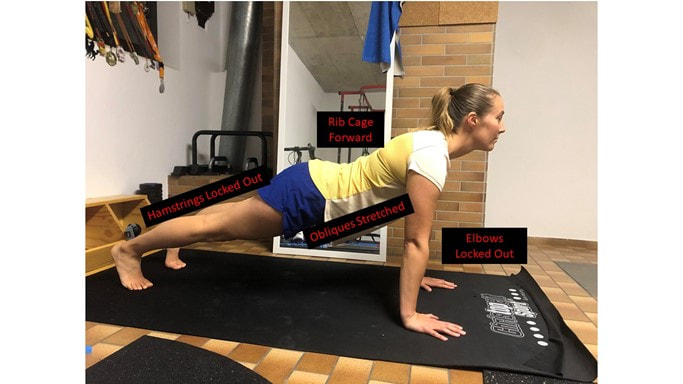
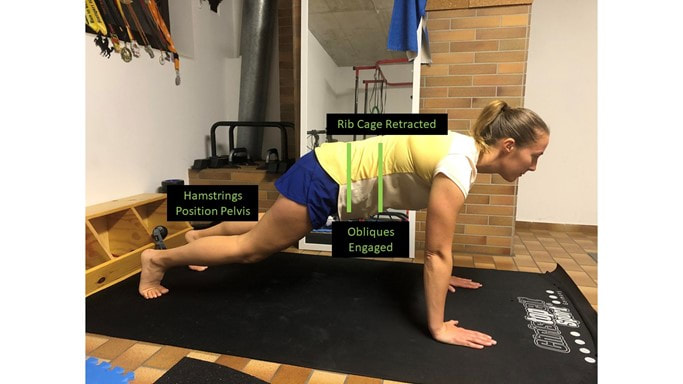
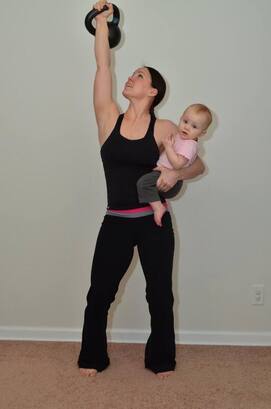
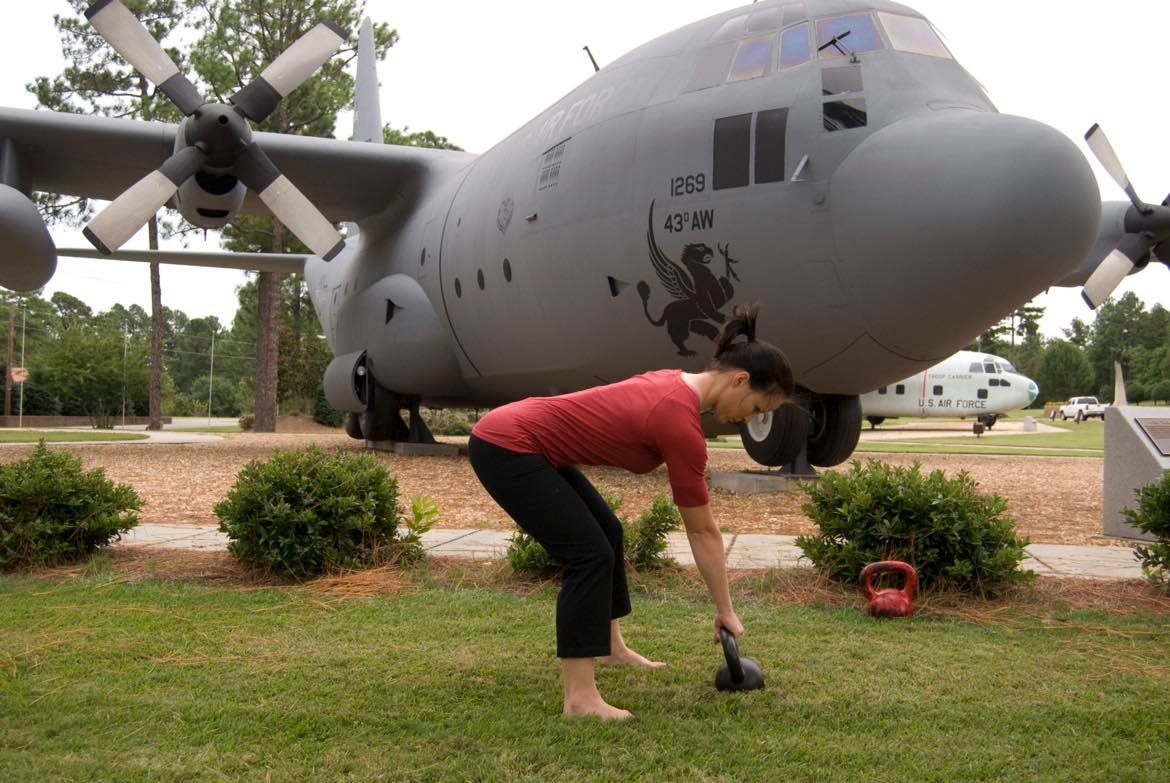
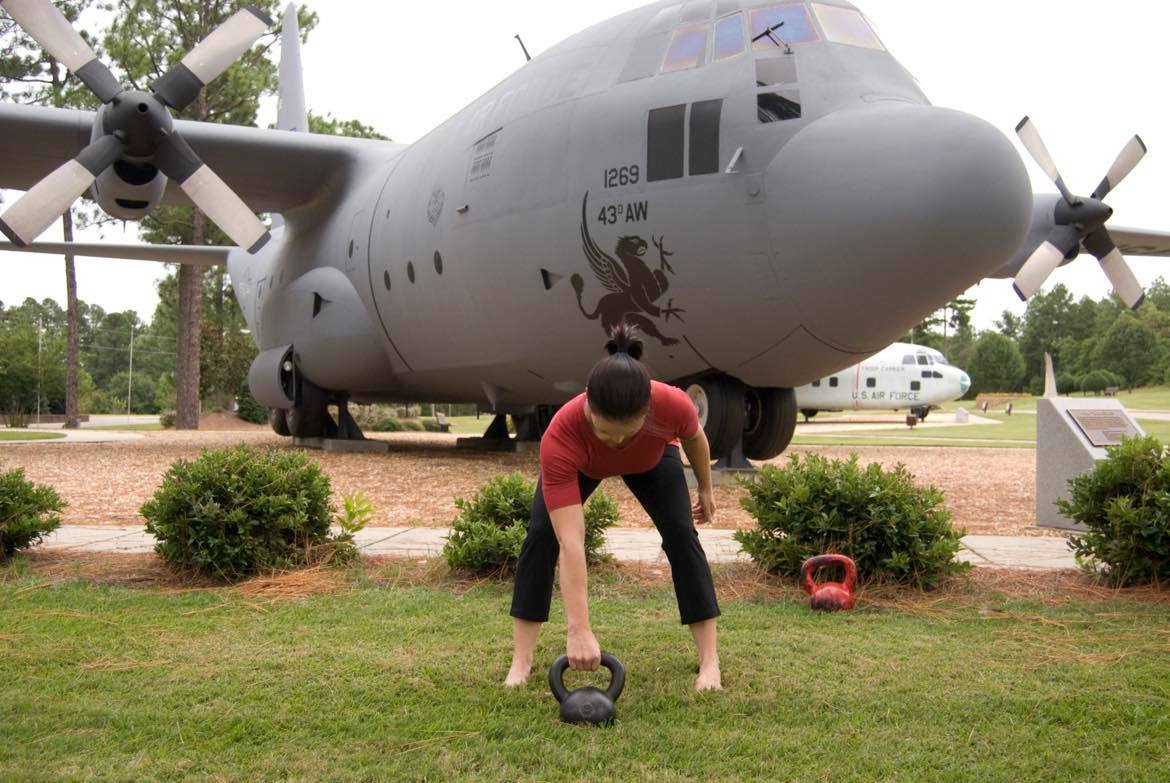
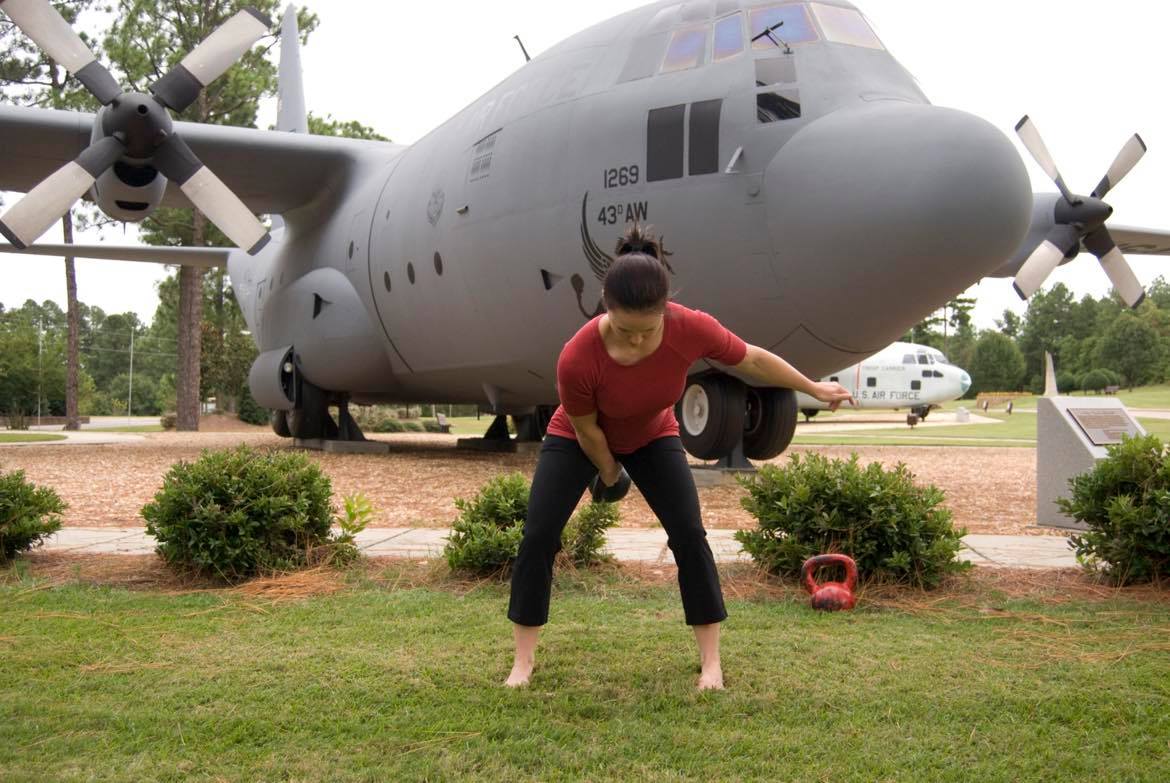
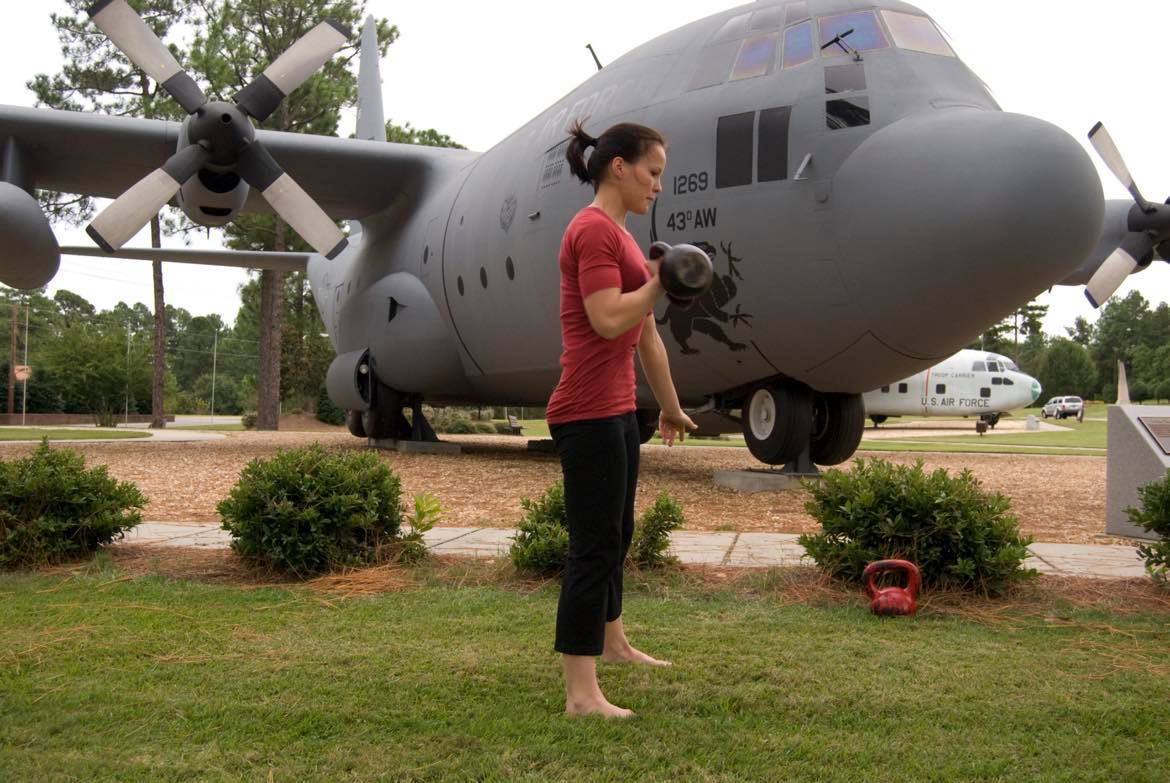

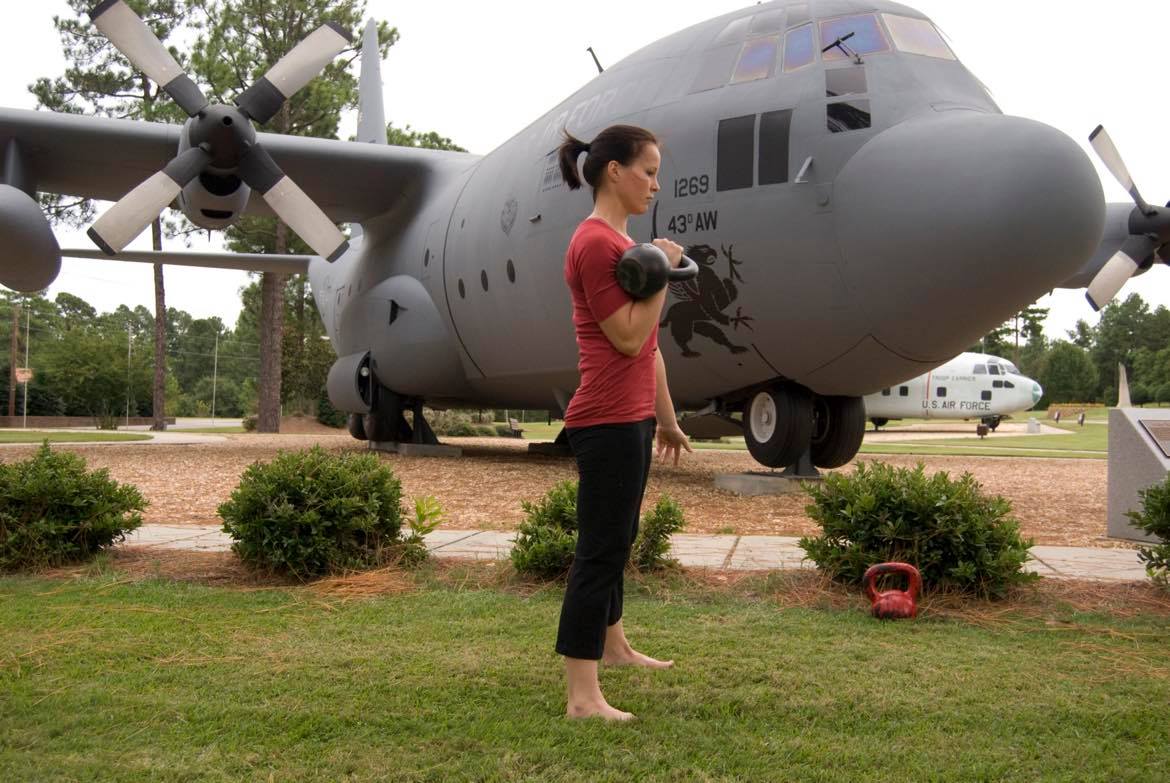
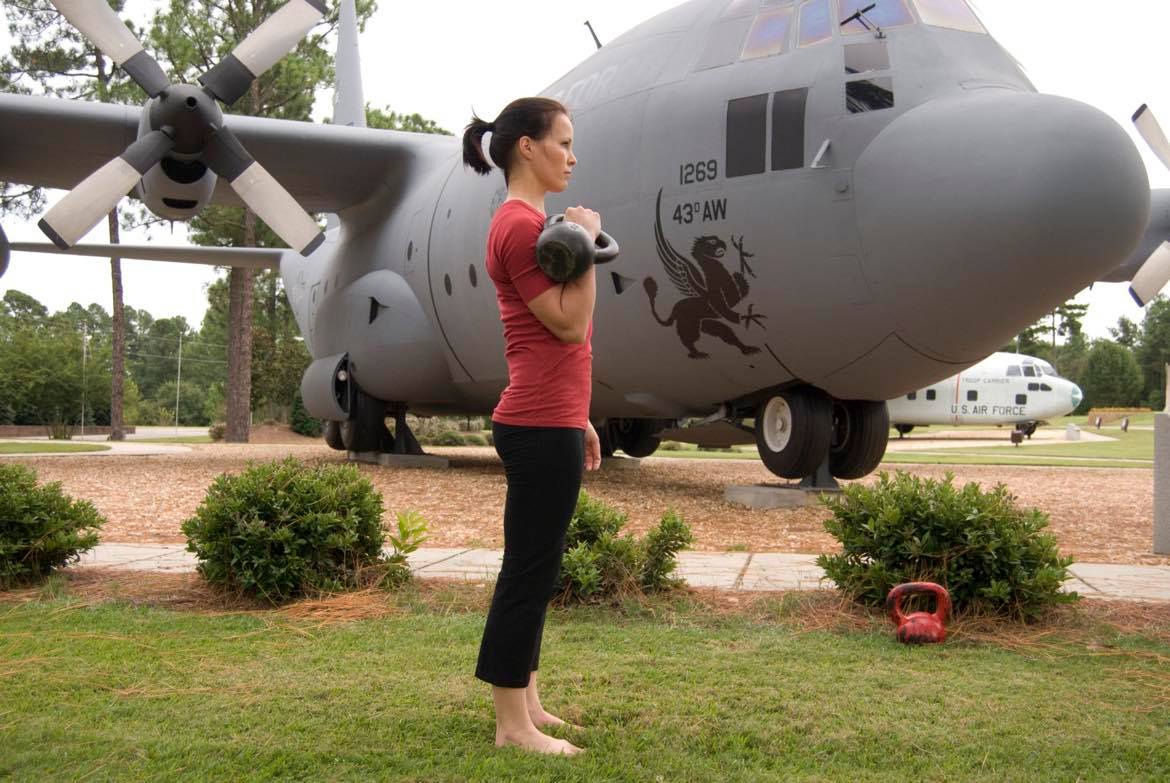
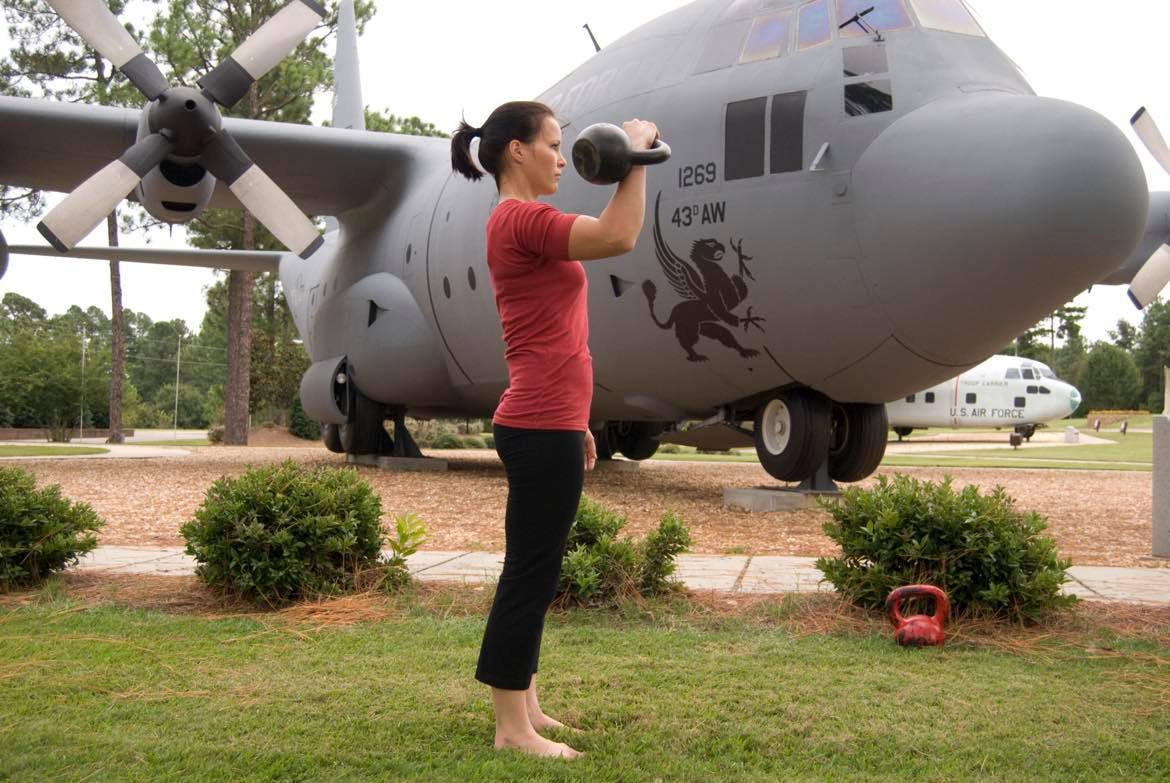
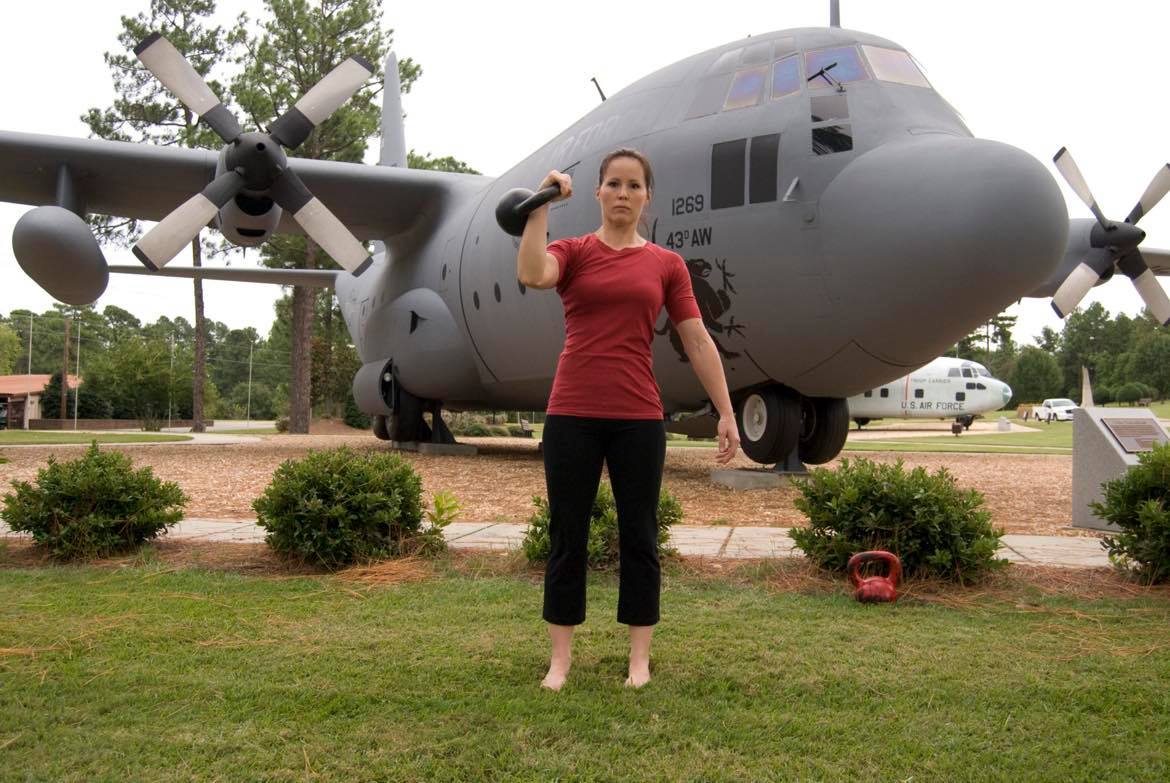
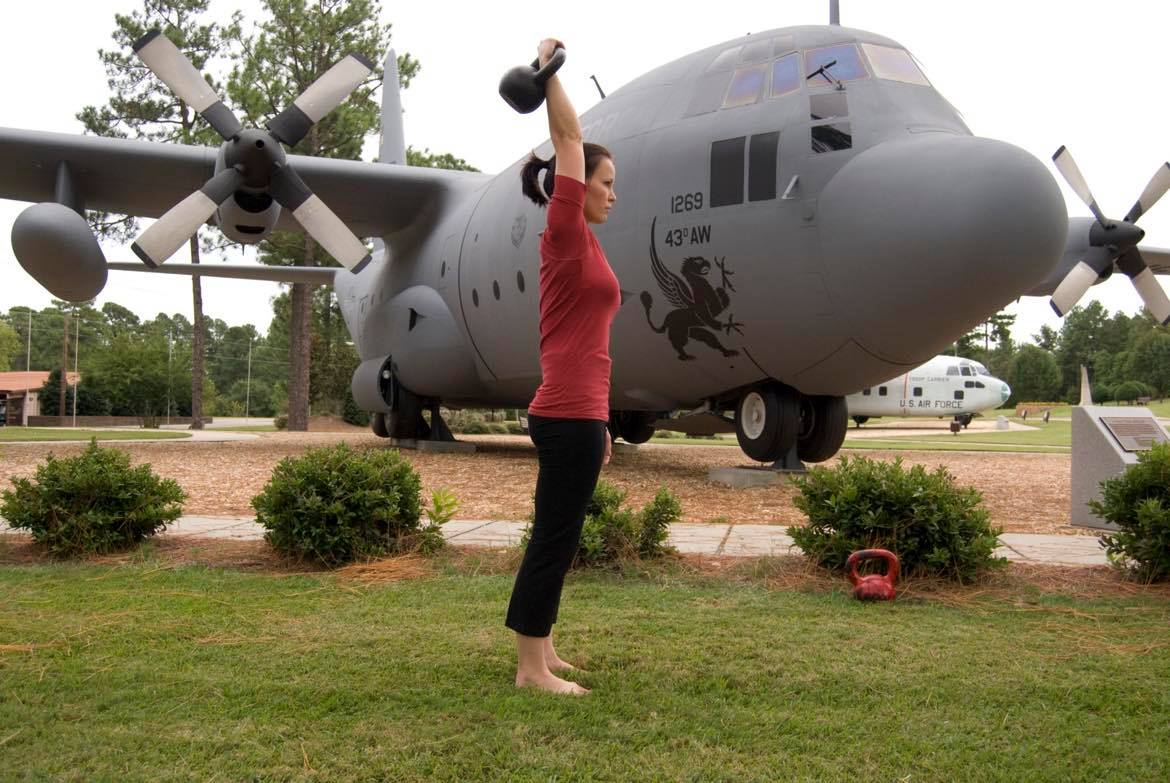
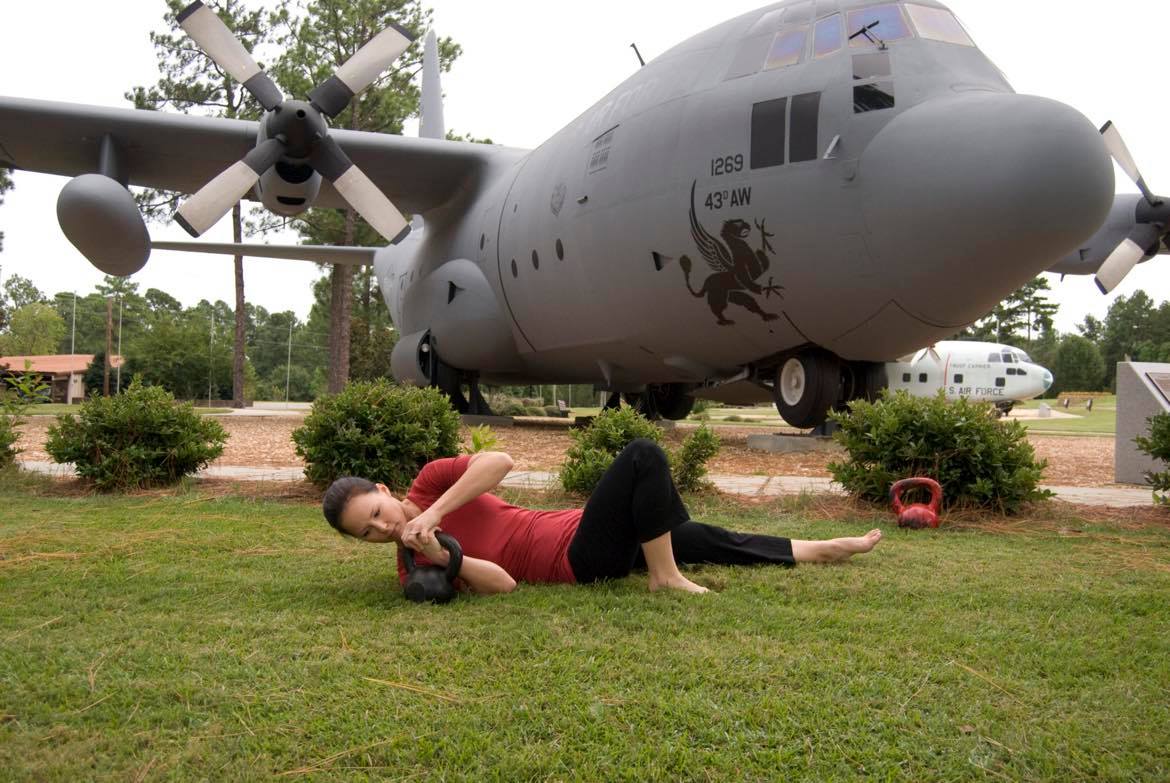
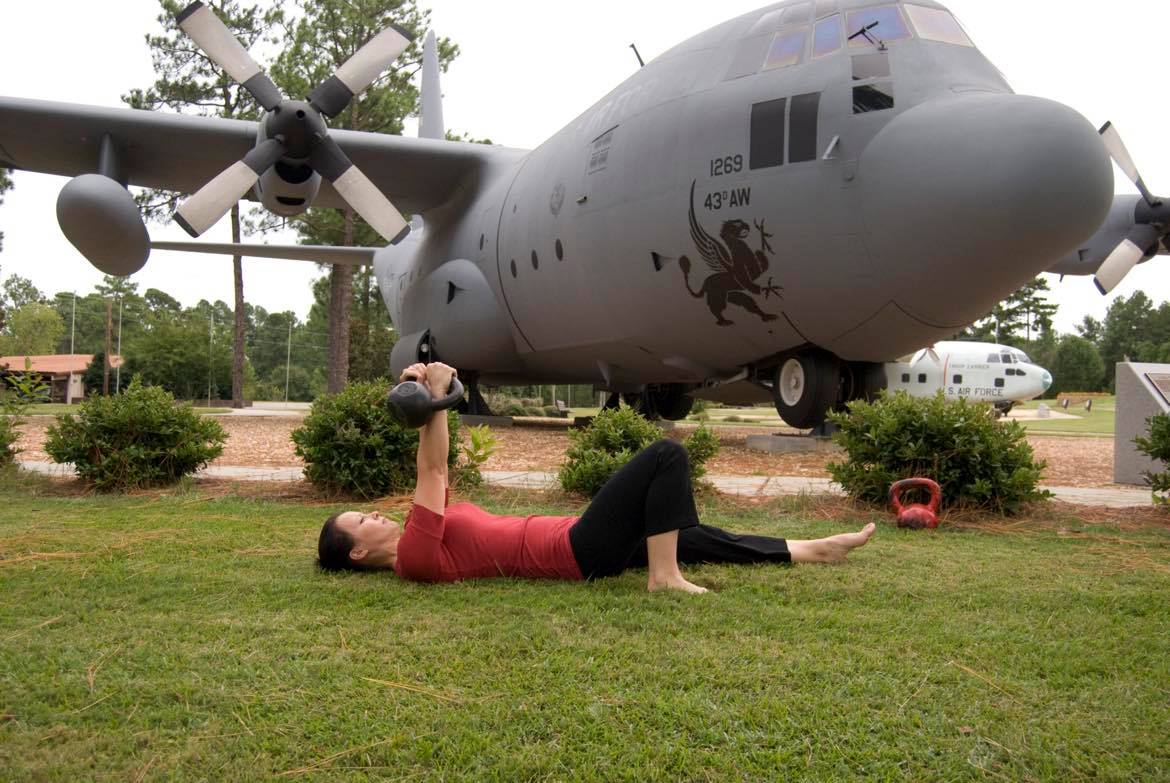
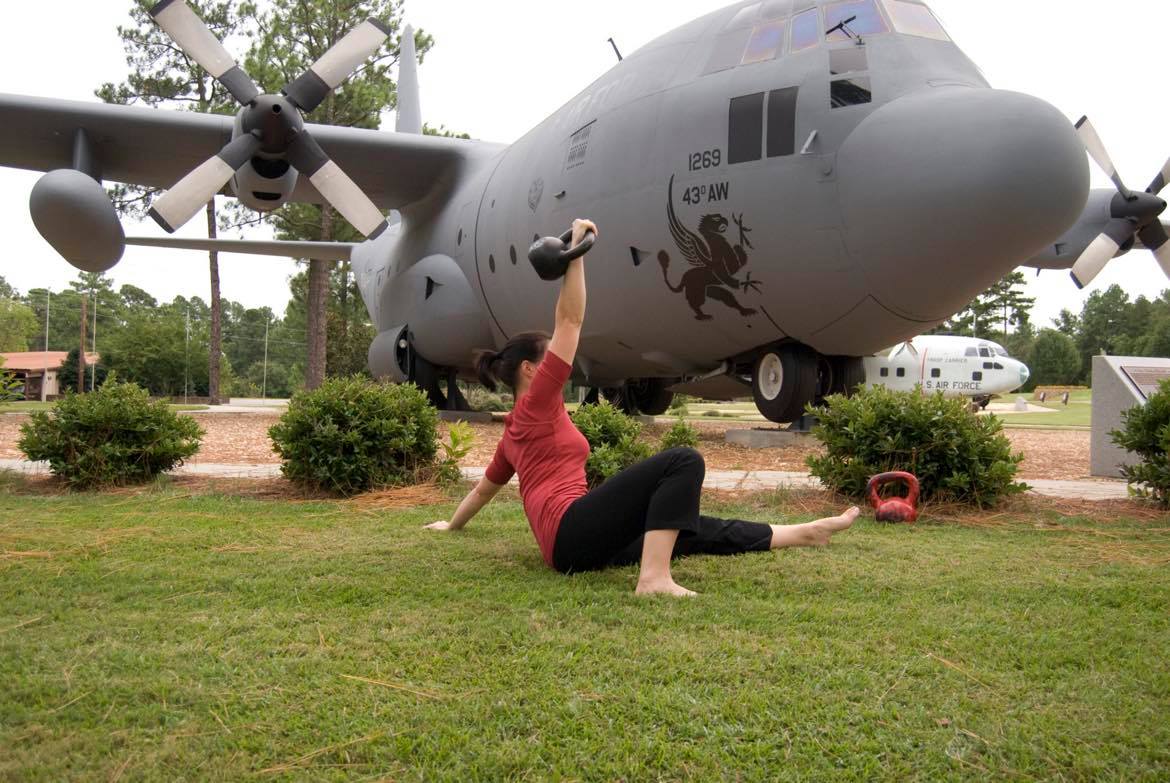
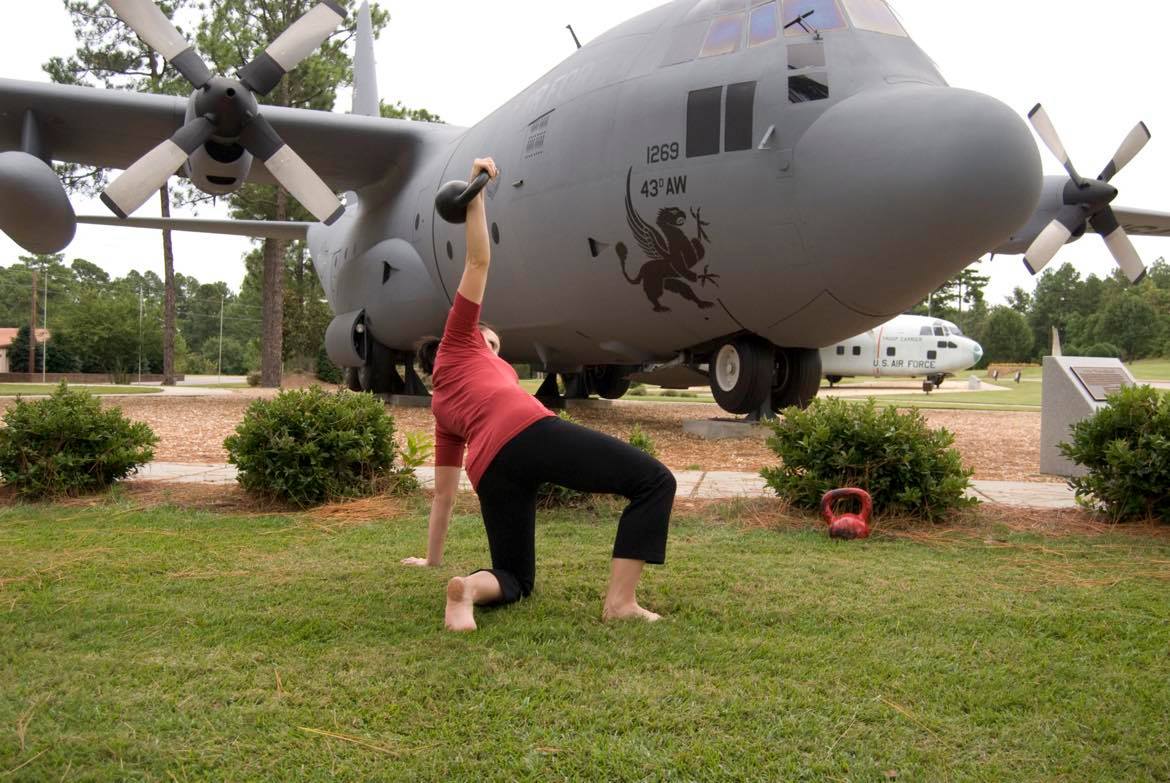
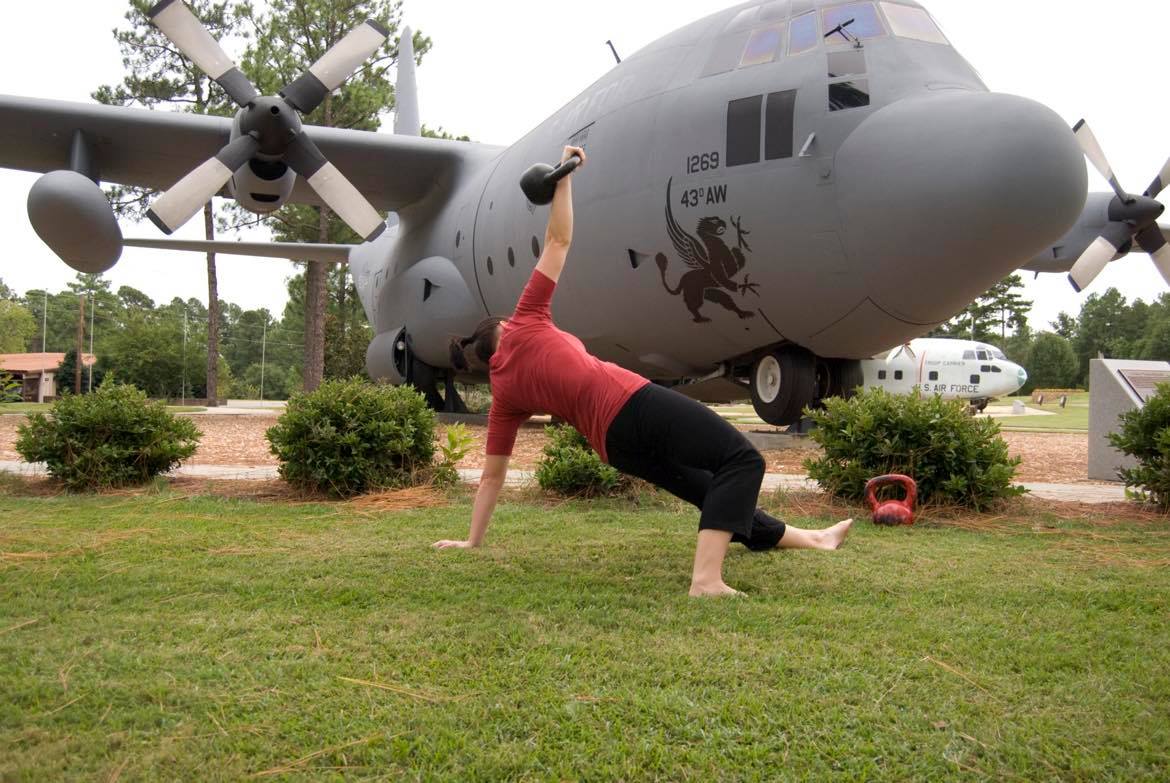
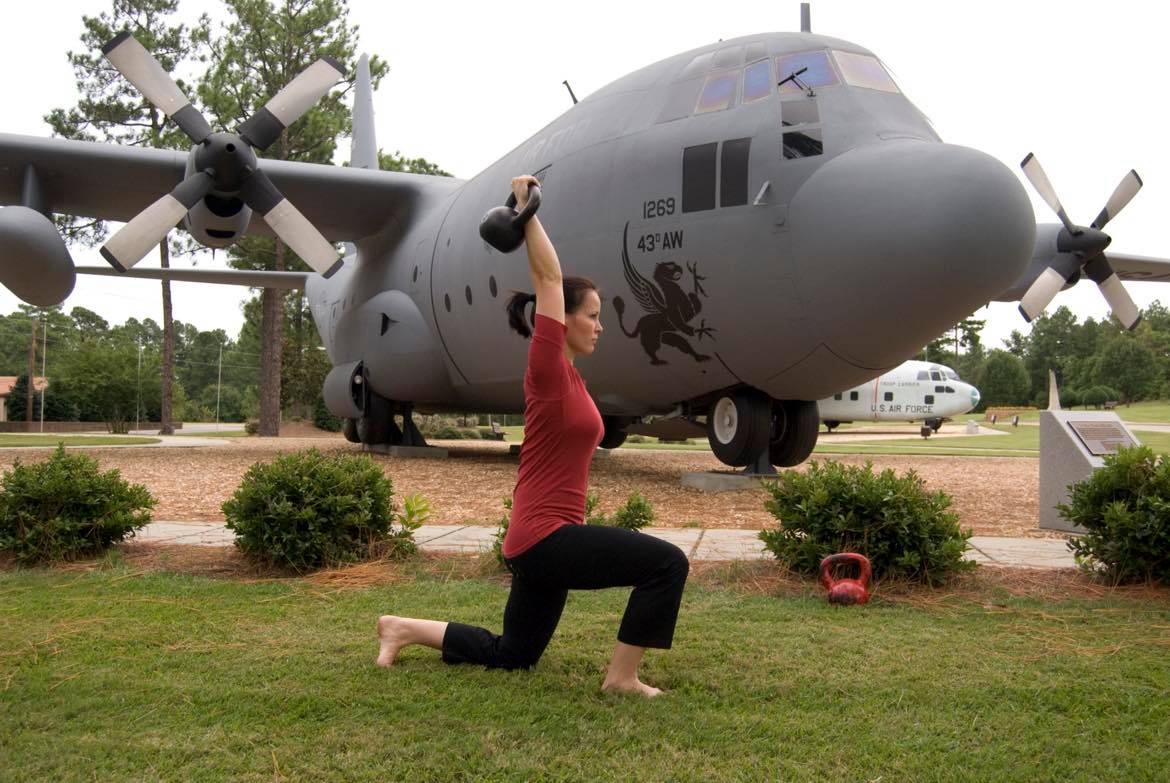
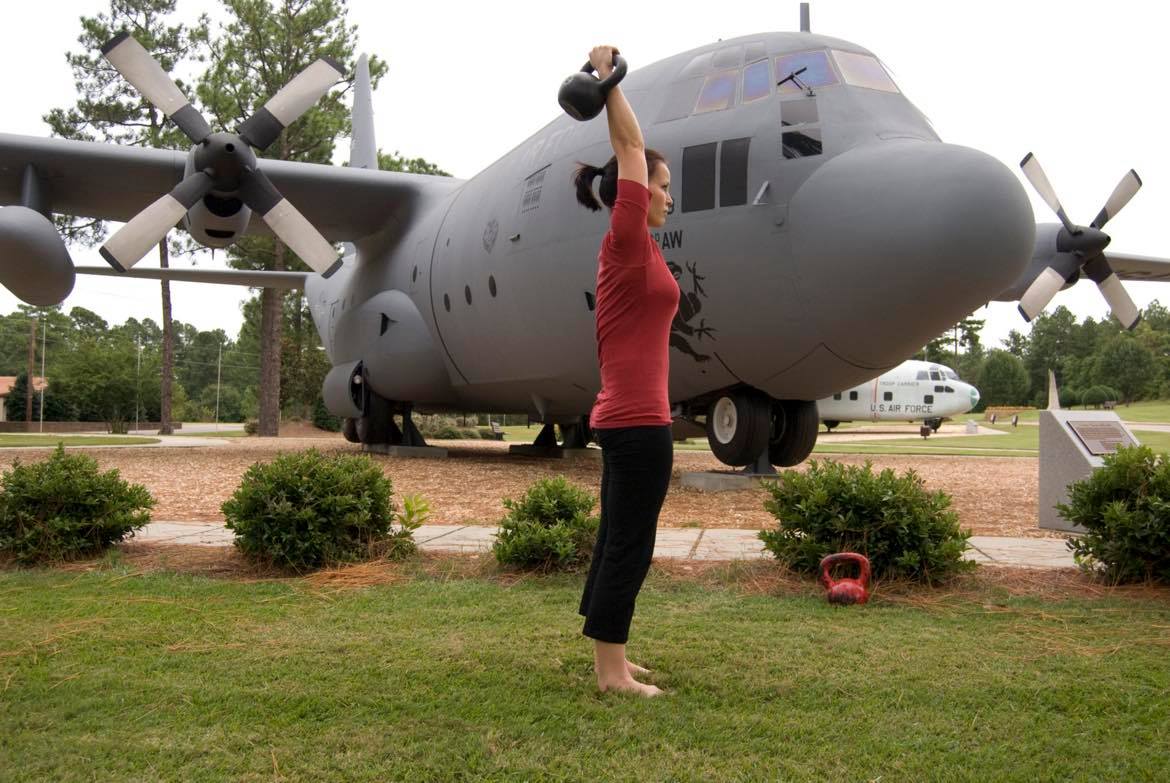


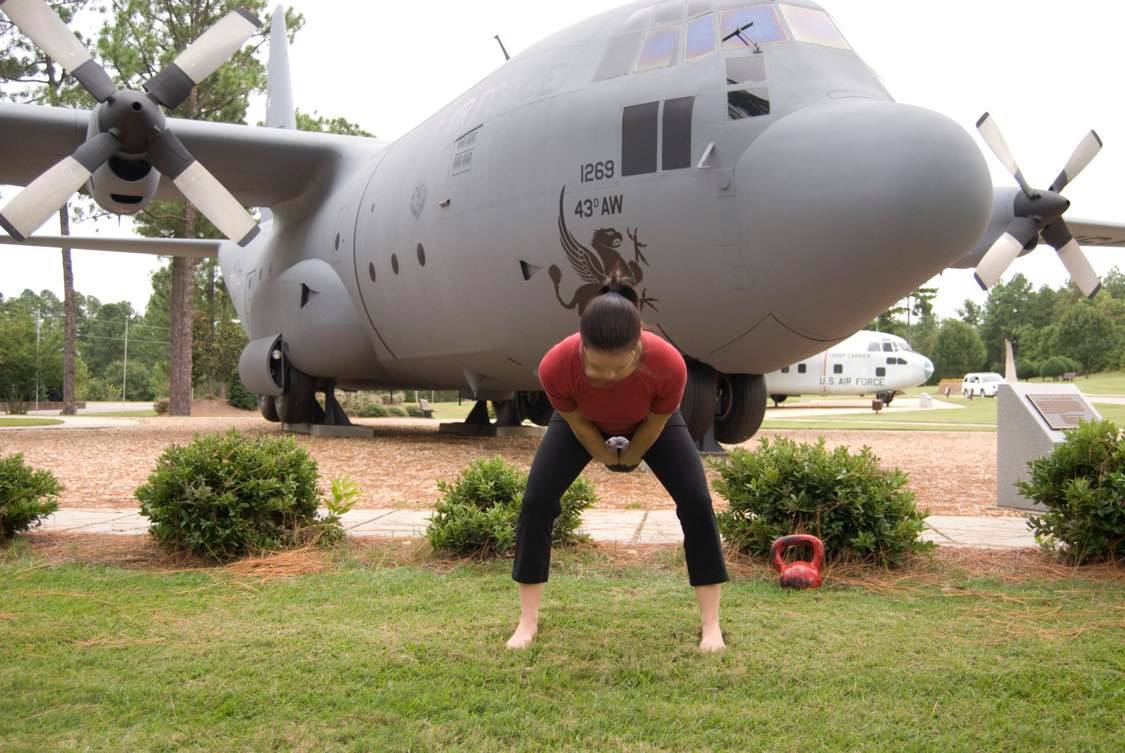
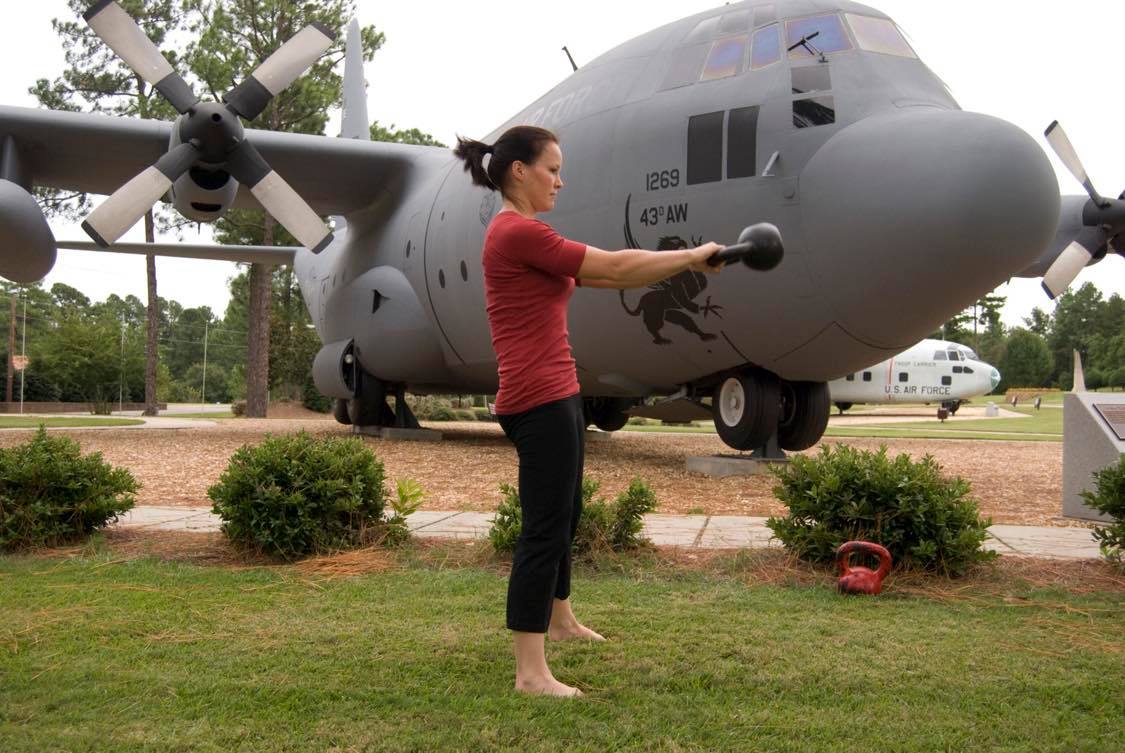
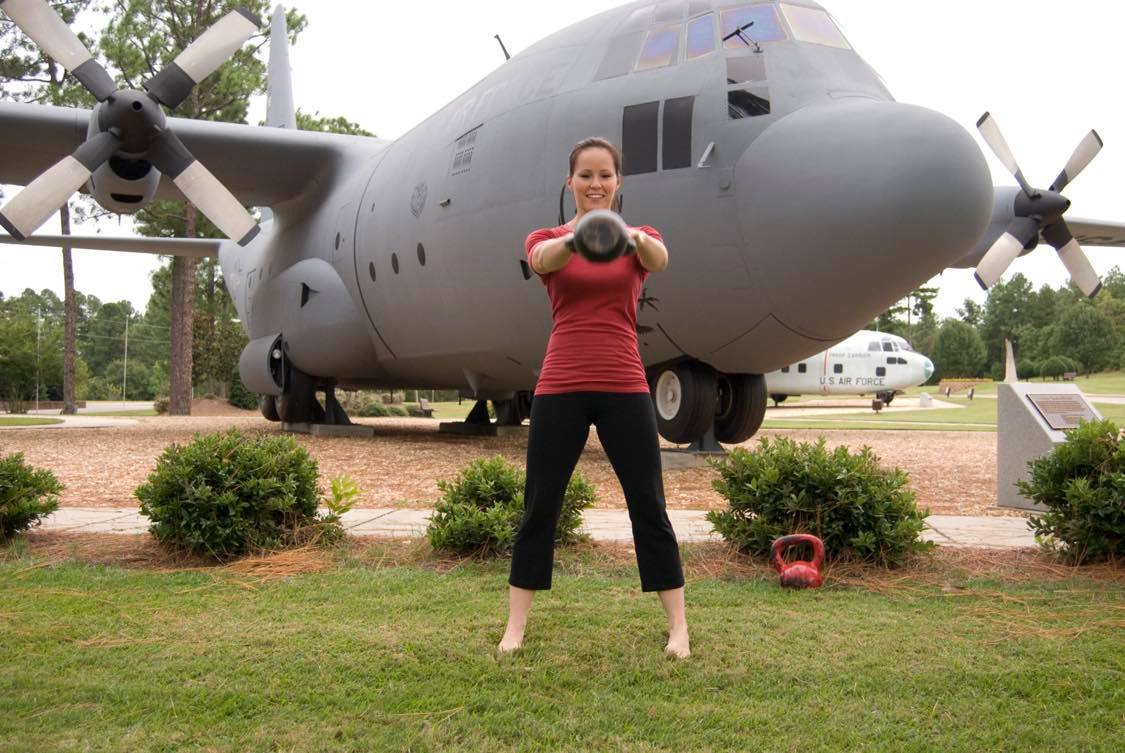

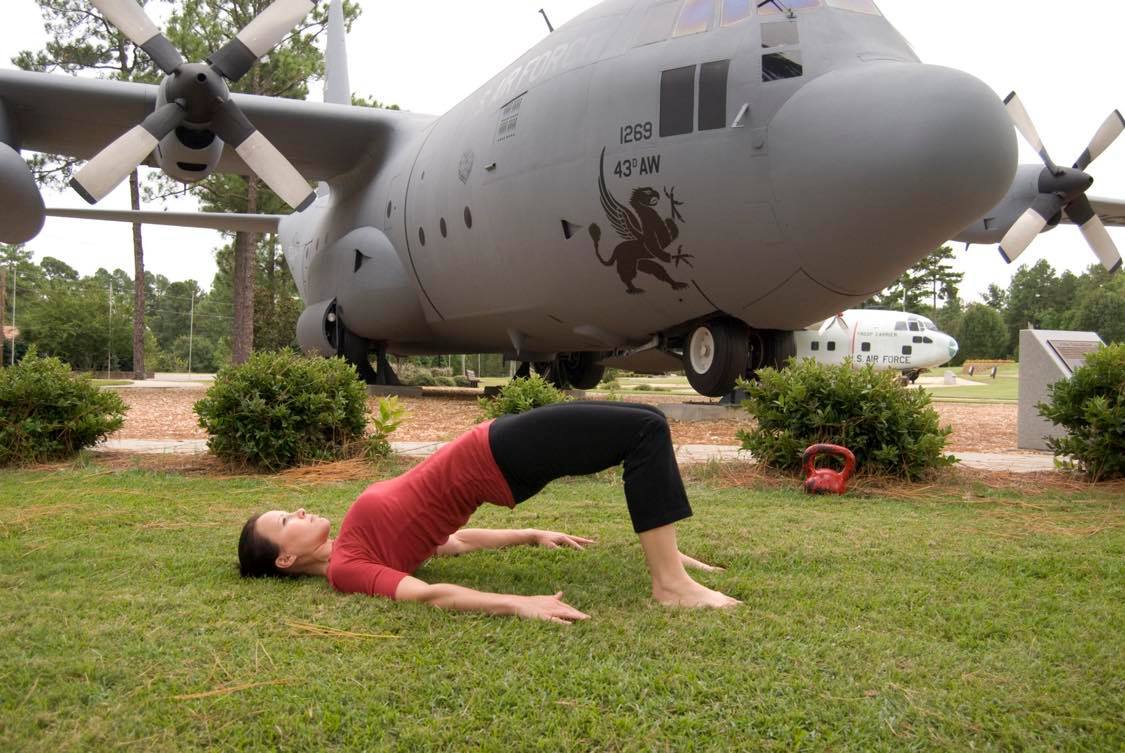
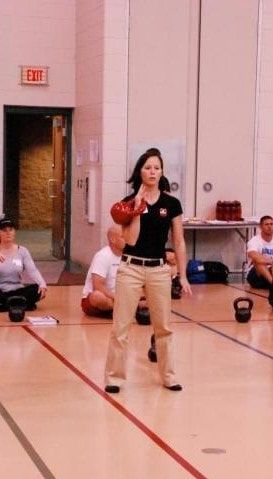
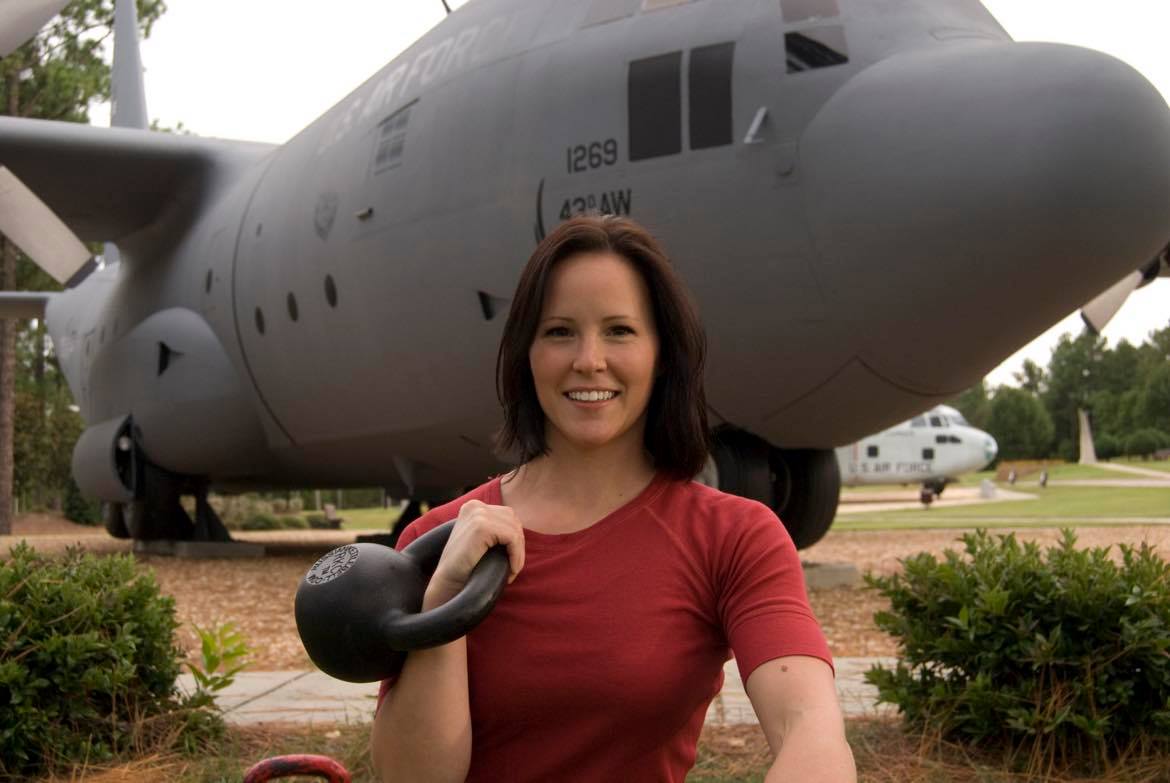
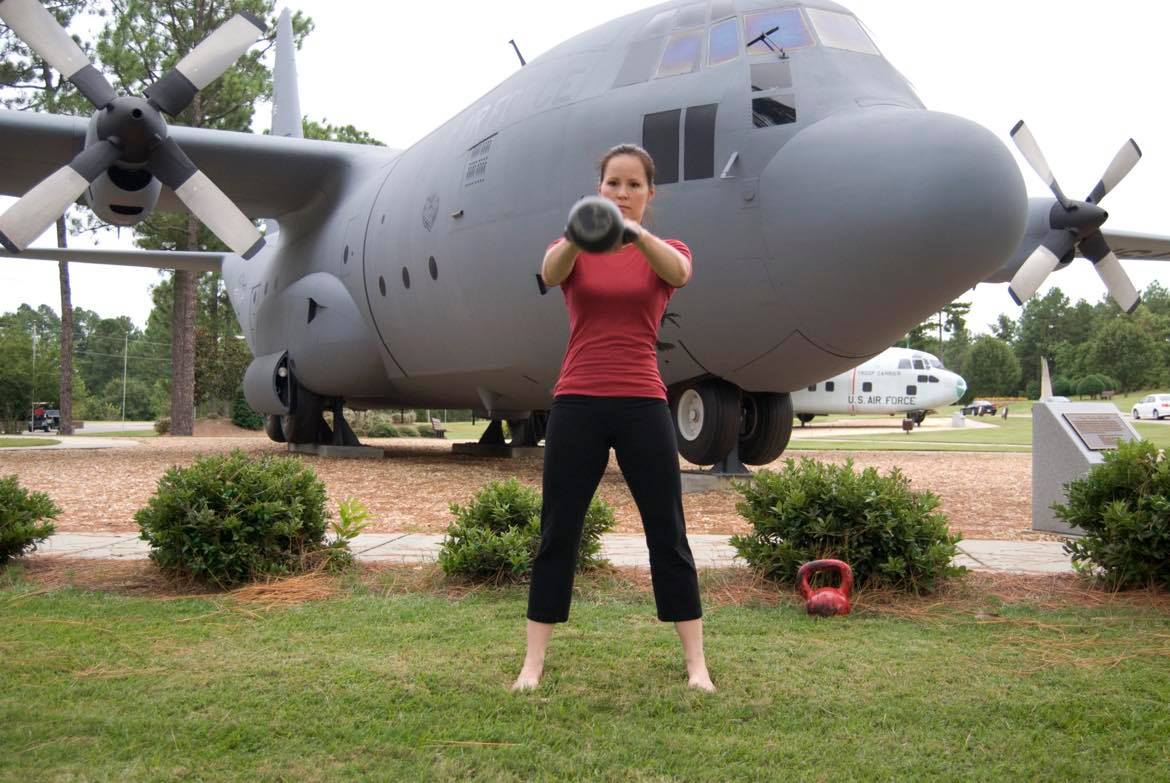
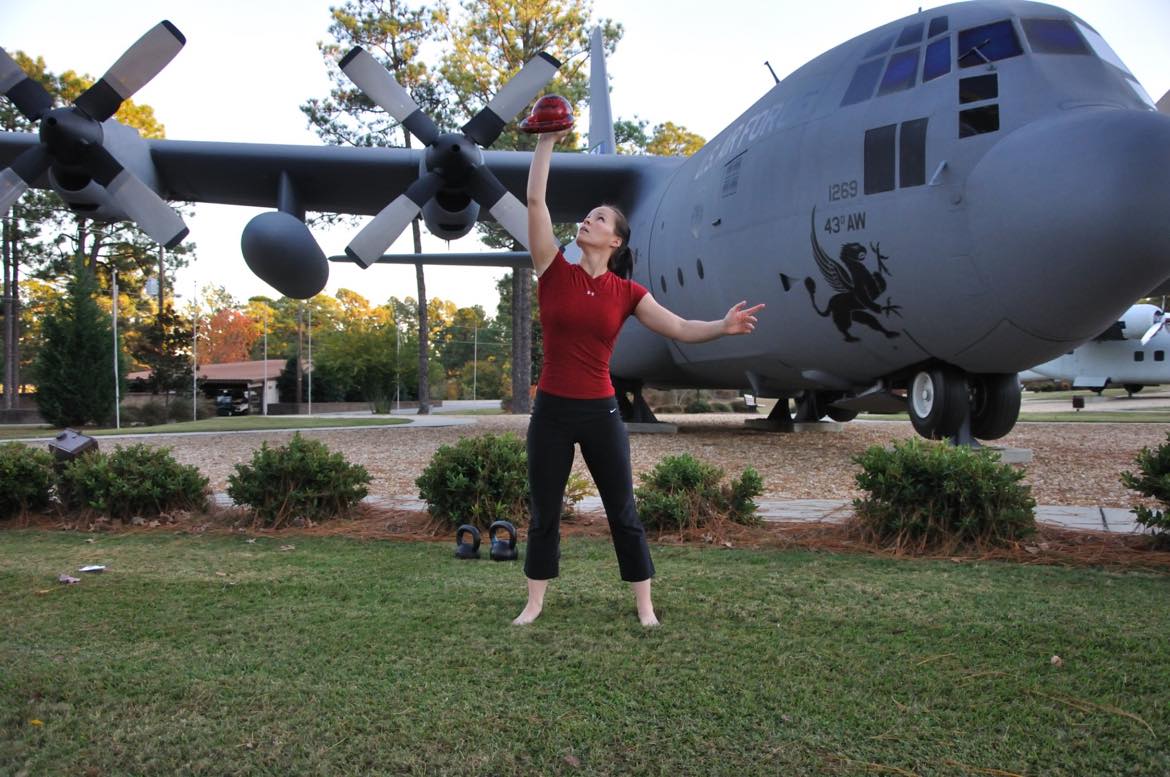
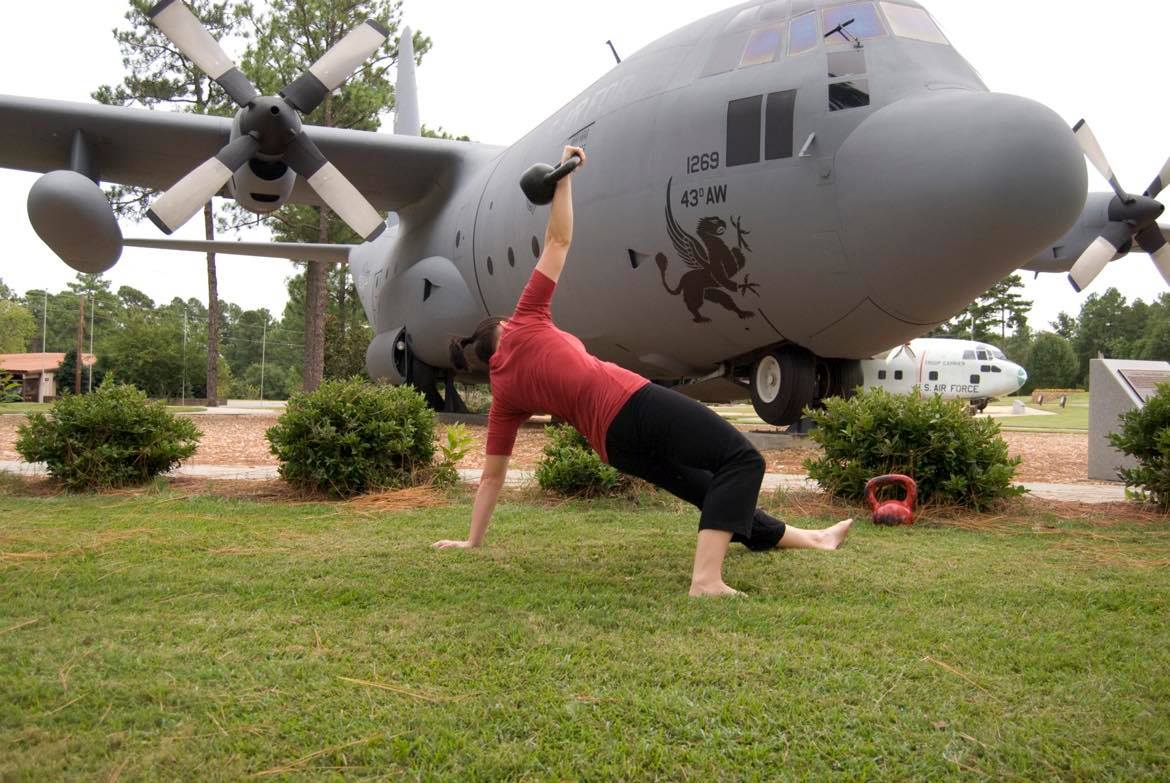
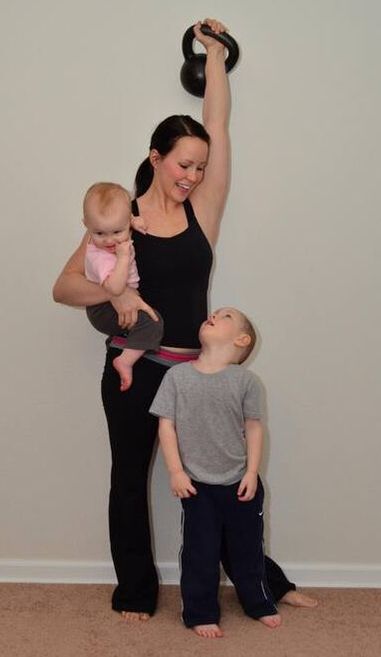

 RSS Feed
RSS Feed